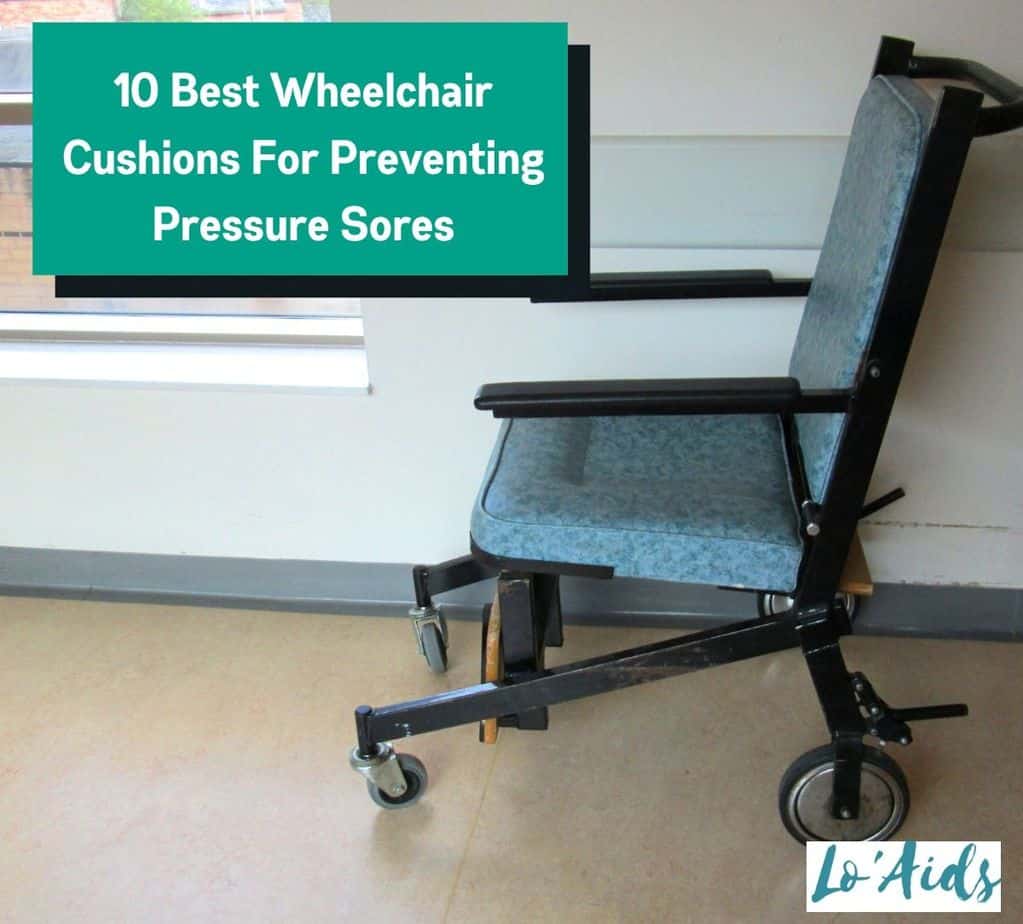So, how wide does a wheelchair ramp need to be? According to the Americans with Disabilities curb ramp requirements, the ideal measurement is 36 inches wide.
I recently wanted to erect a ramp on the porch, but the design process haunted me at first. However, after going through the ADA ramp guidelines, I was able to design a U-shaped ramp, and here is what you need to know.
Table of Contents
How Wide Should a Wheelchair Ramp Be?
Wheelchair ramps allow easy wheelchair access to private and public spaces. Therefore, the structure needs to be well designed to ensure the disabled people using the feature are safe.

As highlighted above, the ideal ramp system width is 36 inches wide, but there are instances where you can have a wider ramp. Commercial ramps for wheelchairs in public buildings are usually wider to accommodate traffic and can span a width of 72 inches. [1]
Moreover, a level landing along the run is crucial to allow for a change in the direction of travel and help wheelchair users avoid fatigue. The ADA states that these intermediate landing surfaces should measure 60” in width and have a 60-inch minimum length.
Factors to Consider When Building a Wheelchair Ramp
You need to understand the local building codes to help erect an ADA-compliant ramp. That said, here are some of the critical elements determining the ramp creation process.
1. Ramp Length
You can have a safe wheelchair ramp of any length needed, but as a general rule, the best angle for wheelchair ramp should not exceed 30 inches in elevation. Ramp surfaces exceeding this running slope height should have a flat landing surface for rest and direction change.
The ramp length is usually calculated in a 1:12 slope ratio, which is the angle relationship between the vertical rise and the ground surface. So if your doorway or porch surface is 2 feet high, it would be best to have a 24-foot ramp. [2]
2. The Primary User
There are various assistive devices, and the ramp needs to accommodate each without hiccups. You should think of a smooth transition to power or manual wheelchairs if using a cane or walker.
So, the ramp configuration should be sturdy to avoid changing the temporary structure later. Moreover, this factor is essential to business owners looking to make their commercial buildings or spaces wheelchair accessible. [3]
3. Space or Location
A ramp can take different designs depending on the area you want to have structure. For instance, you can opt for ramp segments perpendicular to your deck surface or doorway if you have ample space.
On the other hand, a ramp surface can cut your porch height into two with a 90 or 180-degree turn space. All you have to do is ensure the ramp landing offers sufficient room for easy wheelchair maneuvering.
What About Ramp Handrails?

Handrails are crucial compliant features that help ambulatory persons use built-up ramps with little help. That said, built-up curb ramps exceeding a vertical height of 6 inches or a ground surface of 72 inches need to have handrails on both sides.
Also, note that these ramp design features should be continuous along the entire run and free of abrasive elements. Moreover, the handrail’s diameter should average 1¼ to 1 ½ to allow for a stable grip.
FAQs
How long can a ramp be before a landing?
The ideal length a ramp must have before a landing is 30 inches. Moreover, the landing should be broad, like the ramp slope, with a maximum length of 60 inches.
Do I need a permit to build a wheelchair ramp?
That depends on your municipality, so it would be best to contact them or the local building code office for knowledge. Most local administration bodies also offer online services, so you can quickly check the wheelchair ramp regulations.
Does a wheelchair ramp need footings?
Yes, footings are crucial when erecting a permanent ramp structure to support the vertical posts. On the other hand, if you are looking for or have a portable ramp, you will not need to dig out any footings.
Conclusion
A handicap ramp is a crucial feature in your home if you live with mobility disabilities. However, the component must be well built according to the ADA regulations and local ramp specifications.
Moreover, a well-built ramp ensures a safe passage for wheelchair users and their caregivers. I now hope that you have the answer to “how wide does a wheelchair ramp need to be.”

So, are your doubts clear now about how wide should a wheelchair ramp be? Let us know in the comments section
References
- 1. U.S. Access Board – ADA Accessibility Standards (enhanced single file version) [Internet]. www.access-board.gov. Available from: https://www.access-board.gov/ada/
- 2. Home – PMC – NCBI [Internet]. Nih.gov. 2019. Available from: https://www.ncbi.nlm.nih.gov/pmc/articles/
- 3. 5 Reason Why Your Public Property Should Have a Wheelchair Ramp Installed [Internet]. MedPlus. 2021. Available from: https://www.medplushealth.ca/blog/5-reason-why-your-public-property-should-have-a-wheelchair-ramp-installed/





